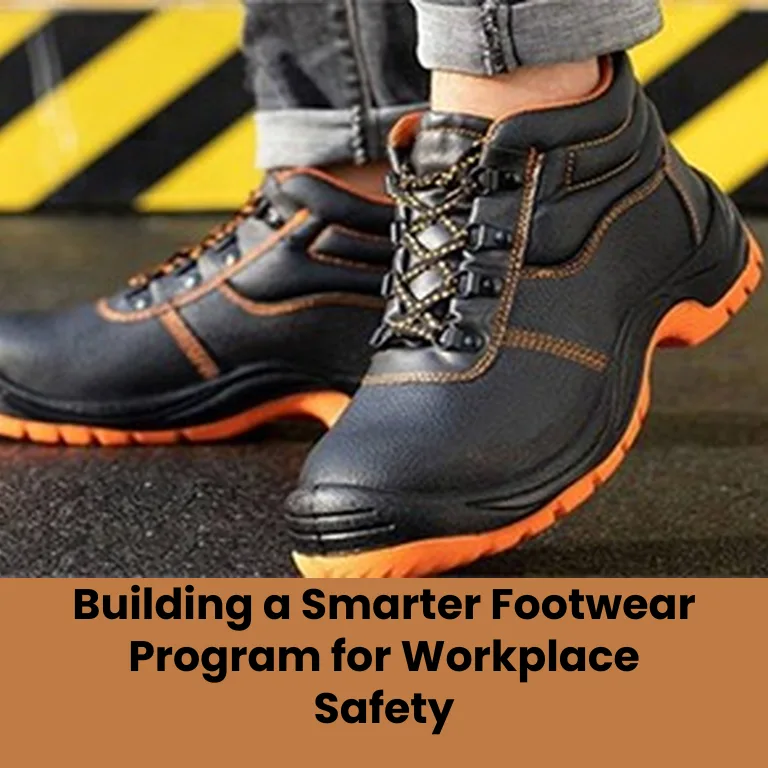The cannabis industry has seen unprecedented growth in recent years, with cultivation, processing, and dispensary facilities expanding rapidly to meet increasing demand. However, as the industry scales up, so do the risks associated with workplace hazards, particularly electrical safety concerns. With the rise in automated systems, high-powered lighting, and complex extraction processes, electrical safety must be a priority to prevent fatalities and ensure a secure work environment.
The Rising Risk of Electrical Hazards in Cannabis Facilities
Between 2011 and 2023, there were 1,940 workplace fatalities related to electrical hazards, according to data from the Electrical Safety Foundation International (ESFI). The cannabis industry is not immune to these dangers, as facilities rely heavily on electrical systems to maintain operations. High-wattage lighting, HVAC systems, and extraction equipment all present potential risks if improperly installed or maintained.
One major risk in cannabis facilities is the use of flammable substances during extraction processes. Butane, propane, and ethanol extraction methods can create hazardous environments where a single spark from faulty wiring or an overloaded circuit could lead to devastating fires or explosions.
Common Causes of Electrical Fatalities in the Cannabis Industry
Improper Wiring and Overloaded Circuits – Many cannabis businesses operate in repurposed buildings that may not have been designed for high electrical loads. If wiring is outdated or circuits are overloaded, the risk of electrical fires increases.
Lack of Proper Training – Employees working with electrical equipment often lack formal safety training, increasing the likelihood of accidents.
Failure to Follow OSHA Guidelines – The Occupational Safety and Health Administration (OSHA) has strict electrical safety standards, but many cannabis facilities fall short in compliance, leading to unnecessary risks.
Poor Equipment Maintenance – Faulty or aging equipment can lead to exposed wires, overheating, and electrical failures.
Inadequate Grounding and Bonding – Proper grounding of electrical systems is critical to prevent shocks and electrocution, yet many businesses neglect these essential safety steps.
Best Practices for Preventing Electrical Fatalities
Conduct Regular Safety Inspections – Routine inspections should be conducted to identify and mitigate electrical hazards. Hiring certified electricians to assess equipment and wiring is crucial.
Invest in Employee Training – Workers should receive proper training on handling electrical systems, recognizing potential hazards, and following emergency procedures.
Follow OSHA and NFPA Standards – The National Fire Protection Association (NFPA) and OSHA provide essential guidelines on electrical safety, and businesses must ensure compliance.
Upgrade Electrical Infrastructure – Cannabis companies should invest in modern, high-capacity electrical systems to handle their operational needs safely.
Use Explosion-Proof Equipment – In extraction and processing areas, equipment must be explosion-proof and properly ventilated to reduce the risk of fire or explosion.
Implement Lockout/Tagout Procedures – To prevent accidental electrocution, lockout/tagout (LOTO) procedures must be in place when working on electrical systems.
As the cannabis industry continues to expand, businesses must take proactive measures to prevent electrical fatalities. By prioritizing workplace safety, investing in proper training, and following strict electrical safety regulations, cannabis facilities can protect their employees and ensure sustainable operations. Electrical safety is not just a regulatory requirement—it is a fundamental responsibility to safeguard lives and the future of the industry.















